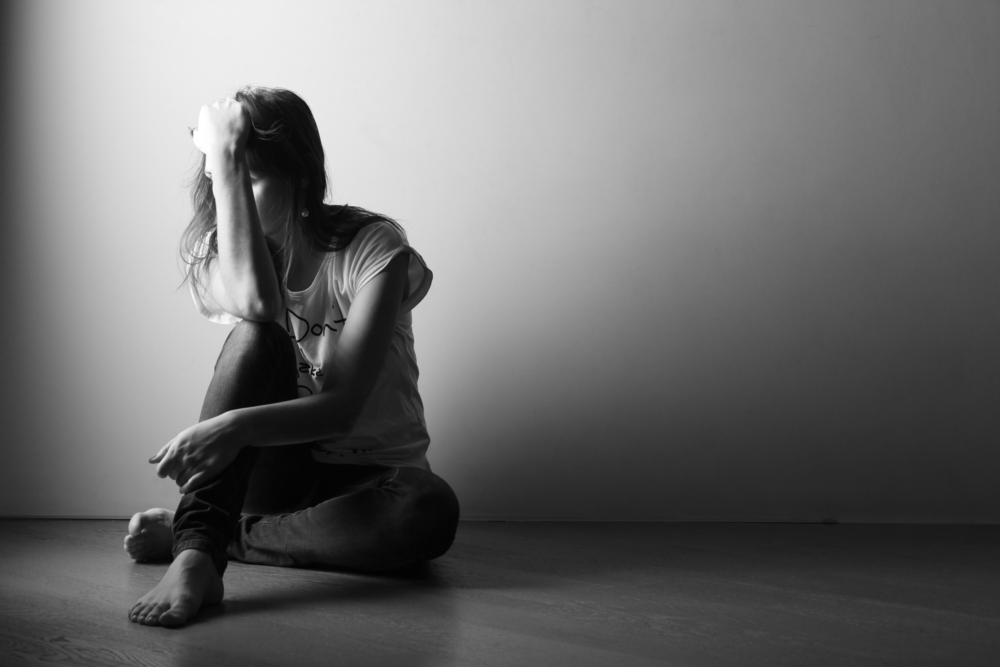The new year has brought a fresh volley of bad news on the state of Child and Adolescent Mental Health services.
Early in January a damning report from the Education Policy Institute revealed that more than a quarter (26%) of the children referred to mental health services in 2018-19 had been refused treatment, most often because their problems were not sufficiently serious to meet tough eligibility criteria.
The report also pointed to geographical inequalities, with children London much more likely to get treatment than other areas of England.
“Providers in London rejected 17% of referrals, compared to 28% in the South, the Midlands and the East, and 22% in the North.” Possibly because of increased accepted referrals in London it also had the longest median waiting times to receive treatment (65 days), with the shortest in the Midlands and East of England (49 days).
And while nationally, the average median waiting time to begin treatment has fallen by 11 days since 2015, the Institute found that “children still waited an average of two months (56 days) to begin treatment in 2019 – double the government’s four-week target. The government is unlikely to meet its target of four weeks by 2022-23.”
Providers in England with the longest median waiting times for mental health treatment are:
- West London Mental Health Trust – 182 days
- South Tyneside and Sunderland – 129 days
- Alder Hey – 124 days
- Leeds Community Healthcare – 117 days
- Northumberland, Tyne and Wear – 116 days
- Birmingham Women’s and Children’s Hospital – 112 days
- Sussex Partnership – 100 days
- East London – 90 days
- Birmingham and Solihull – 87 days
- Cambridgeshire and Peterborough – 82 days
The report also criticises the current system for reporting and disclosing basic data on CAMHS in England, which the authors argue raises “serious questions about transparency and accountability.”
“Providers continue to give inadequate information on access to treatment, obscuring our understanding of the state of services and ability to monitor progress.
“A universal system for reporting data on access to CAMHS, including a clear definition of children who are eligible for treatment, is urgently required. Failure to introduce stronger accountability measures may hinder the government’s plans to improve services.”
Predictably the response from NHS England was to attempt to rubbish the whole report: Public Finance reported that “An NHS spokesperson refuted the research, arguing that the EPI report was “flawed analysis”.
Government denial and complacency on the state of CAMHS services however is refuted by another extensive report at the end of January from the Children’s Commissioner, Anne Longfield, who takes a very different view:
“children are also aware of how hard it is to get help, for them or for their friends. Access to support remains the biggest issue for children’s mental health services.
“The stories I hear from children are the same ones that are posted on Twitter under the #CAMHS hashtag: children repeatedly struggling to access help; being turned away; given one appointment where they are told they are ‘not ill enough’ to qualify for services and offered ‘advice’ instead; children constantly feeling the need to justify why they should be getting help.
“The children who I meet who have got treatment are generally – though not always – positive about how they’ve been helped. But getting through that front door is an ordeal for too many.”
Like the EPI’s report, the Commissioner highlights the postcode lottery in access to mental health care: while 93% of children in the care of Southwark Clinical Commissioning Group in south London who were referred to mental health services entered treatment. In contrast 64% of children referred to mental health services in Knowsley, Merseyside, did not.
There is also a significant spending gap between services for children and adults, with £225 investment on average for every adult compared to £92 for every child. Just 10% of mental health spending is allocated to CAMHS, while young people make up 20% of the population.
The government commitments are to limited changes over a long period ahead. For example there is a promise to “Expand ‘specialist services’ so that they can meet demand by 2028,” but Ms Longfield points out this does not define what ‘specialist services’ is, or outline what the non-specialist offer will be to complement this.
She points out that:
“The NHS concedes that the second commitment is only achievable if adequate lower level provision is available in all local areas by 2028; yet the Government does not have a plan to deliver this because of this confusion as to who should deliver what.”
She argues that her office is the only national body even attempting to collect the data on spending at local level, and notes that among the findings:
“My research found that spending on low-level services varied from 26p to £172 per child, yet none of the DfE, DHSC, Treasury, NHS England, NAO, Ofsted or CQC have accepted responsibility to collect or monitor this data for themselves.”
So while an extra £60m has been invested in specialist children’s mental health services and an additional 53,000 children have entered treatment, Anne Longfield warns that at present rates of change “We are still a decade away from a decent mental health service for all children.”
Dear Reader,
If you like our content please support our campaigning journalism to protect health care for all.
Our goal is to inform people, hold our politicians to account and help to build change through evidence based ideas.
Everyone should have access to comprehensive healthcare, but our NHS needs support. You can help us to continue to counter bad policy, battle neglect of the NHS and correct dangerous mis-infomation.
Supporters of the NHS are crucial in sustaining our health service and with your help we will be able to engage more people in securing its future.
Please donate to help support our campaigning NHS research and journalism.



Comments are closed.